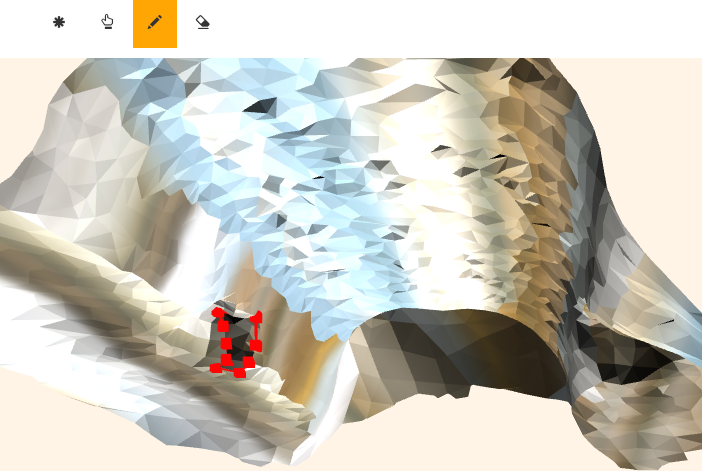 Principal Investigator(s): Dr. Dave Shepard, CDH; Prof. Willeke Wendrich, NELC
Principal Investigator(s): Dr. Dave Shepard, CDH; Prof. Willeke Wendrich, NELC
What if instead of reading a description of an Egyptian sarcophagus, you could grab information from the object itself? The Immersive Humanities Viewer aims to make this possible. It is a web tool for tagging three-dimensional models of historical objects with rich cultural data and sharing these tagged models. The Immersive Humanities team believes that this interface will increase the visibility of historians’ work by making the experience of interacting with an object, or at least a model of an object, an intriguing search for information with many different paths to discover.

